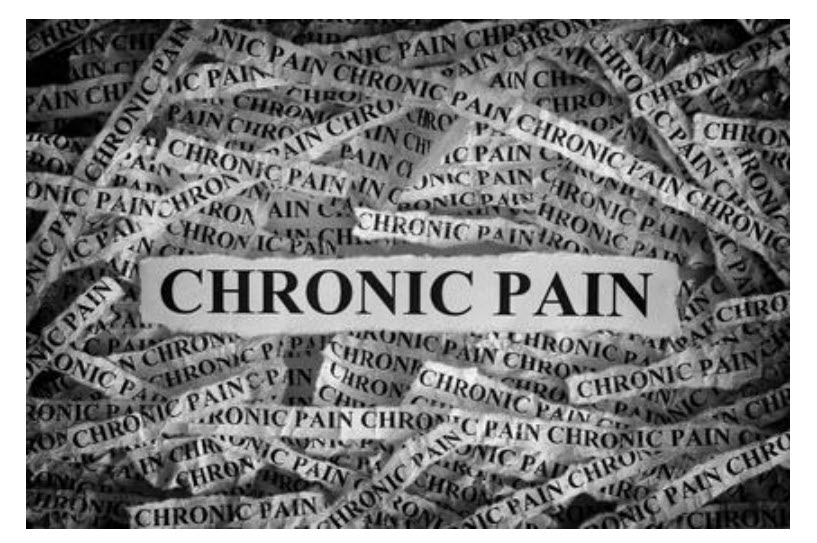Overcoming Chronic Pain

Did you know that if pain hangs around for more than three months, it's considered chronic? It's a common problem, affecting over a third of people in the U.S.—that's around 110 million folks! Living with this kind of pain can really take the joy out of life, making everyday a struggle both for the person suffering and their loved ones.
So, what causes chronic pain? It often starts with a physical or emotional shock. Our bodies try to protect themselves with muscle tightness and spasms. But if these initial causes aren't properly dealt with, the pain sticks around. And here’s an interesting bit: the parts of our brain that handle emotional distress are the same ones that process physical pain. This means unresolved pain can create a vicious cycle of stress and more pain, which isn’t really helped much by typical painkillers.
Speaking of painkillers, the usual go-to are drugs like NSAIDs or opioids. Sure, they might give short-term relief, but in the long run, they can actually make things worse and lead to dependency. These drugs sort of 'numb' the brain to pain, but don't fix the underlying issues, which can make chronic pain patterns more entrenched.
There's some promising research out there comparing the effects of NSAIDs, acupuncture, and chiropractic care. It turns out, patients getting chiropractic adjustments reported much better relief—three times more than those who tried acupuncture and even five times more than those using NSAIDs. Chiropractic care seems to do something special for the autonomic nervous system that other treatments don’t quite match.
And then there’s inflammation, a key player in chronic pain. Making smart lifestyle choices to reduce inflammation is super important. Regular movement is also crucial. Actually moving and engaging all muscle systems can help tremendously with pain management.
Here are four practical tips for anyone dealing with chronic pain:
- Keep your spine and nervous system in check with chiropractic care.
- Eat anti-inflammatory foods.
- Keep active with regular exercise.
- Practice mindfulness techniques like rhythmic breathing, expressing gratitude, and meditation.
Chiropractic care not only helps directly with pain but also improves spinal movement and alignment, which boosts the nervous system function. This can really change pain patterns fast, helping people start to feel active and hopeful again. Combining chiropractic adjustments with these lifestyle changes can pave the way to not just managing but actually overcoming chronic pain, offering a chance for a happier, healthier life.
Spine. July 15 2003
"Chronic spinal pain: a randomized clinical trial comparing medication, acupunture, and spinal manipulation." LG Giles, R Muller
